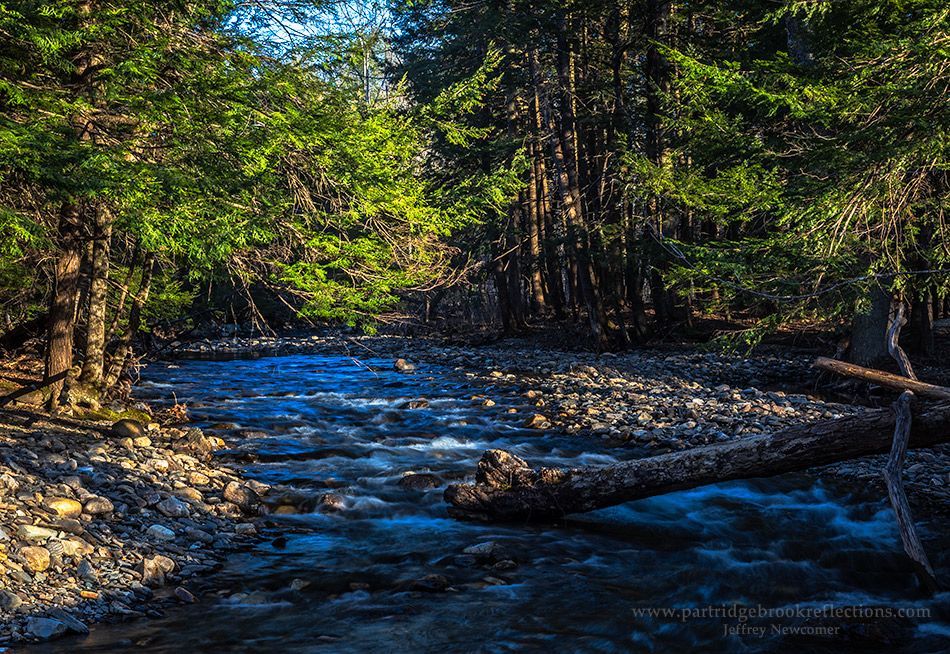The Legend of Catsbane Brook
Naming of locations often come with stories. Catsbane Brook is no exception. The brook flows for about 5 miles (descending 600’) from a beaver pond south of Stage Road to its Connecticut River mouth just off River Road. Along the way it is fed by Hubbard and Town Brooks. According to legend, it was named well before Chesterfield was settled. Randall’s “History of Chesterfield” describes a tale of how two men stopped on the brook’s banks to rest and eat. This would have been a common practice for scouts, soldiers, or hunters traveling along the river from Fort Number 4 (Charlestown) to the safer settlements south of Chesterfield (Fort Number 1). One man was more anxious to move on than the other. He impatiently swore at his fellow traveler “For your sake, #!@, I wish this water had catsbane in it!”
Old stories have a way of growing, sometimes taking obtuse pathways. Randall states that it was probably a reference to ratsbane (rat poison) instead of catsbane. Making an angry confrontation in which one traveler wishes to “do away with the other”, does give the story a dramatically realistic flare. The upper Connecticut River Valley was a dangerous area. Catsbane Brook’s location made it a questionable place to linger. A slower companion could put one’s life in danger.
However, catsbane is also a colloquial name for an variety of orchid, the small whorled pogonia, (Isotria medeoloides). It is especially toxic to cats, hence its nickname. It was often mistaken for Indian cucumber (Medeola virginiana) which was used in a variety of ways by both Native Americans and the settlers. The small whorled pogonia's native range includes parts of NH. However, now it has become extremely rare and has been placed on the Federal Endangered List.
(Photo from INaturalist (Observed by llaurab in May 2020)
How this brook actually got its name is unknown, but a good story always helps cement it into a folklore tale. With Catsbane being toxic and rare, it gives the brook a more uniquely impressive name. To this day, botanists are puzzled by the plant and are conducting numerous studies in an attempt to restore it to its original range. It is considered “The Rarest Orchid East of the Mississippi". Therefore, Catsbane Brook naming may have accidentally revealed one of the town’s hidden treasures, giving it yet another twist to a well known town story.




